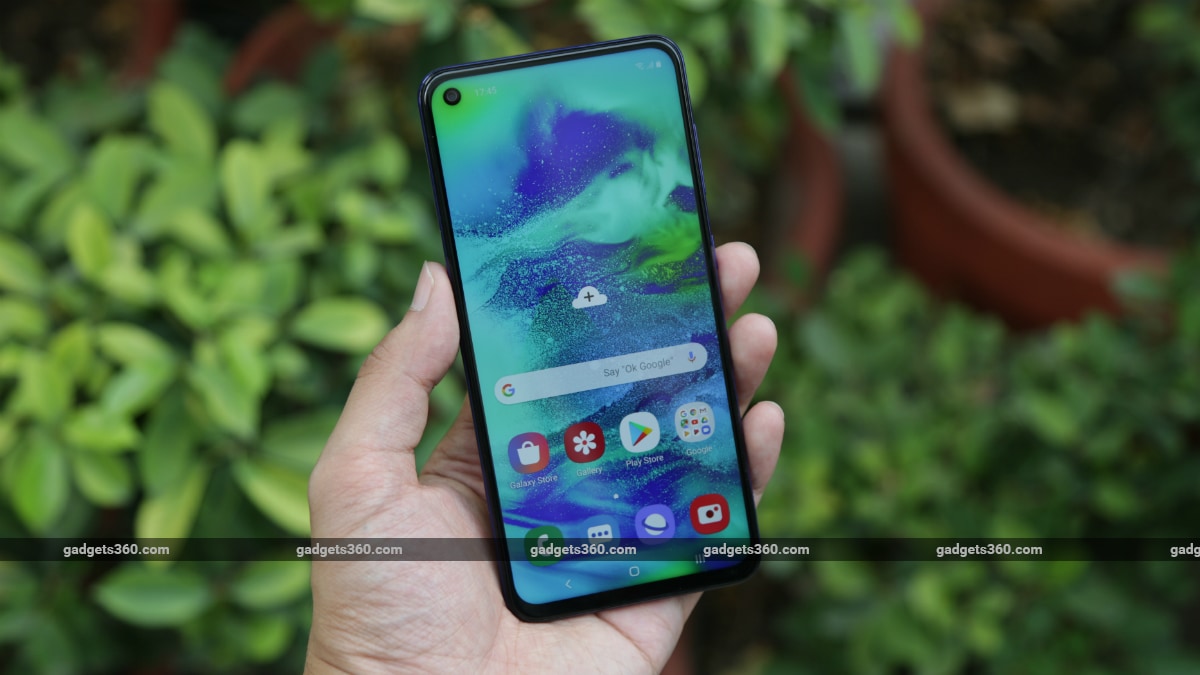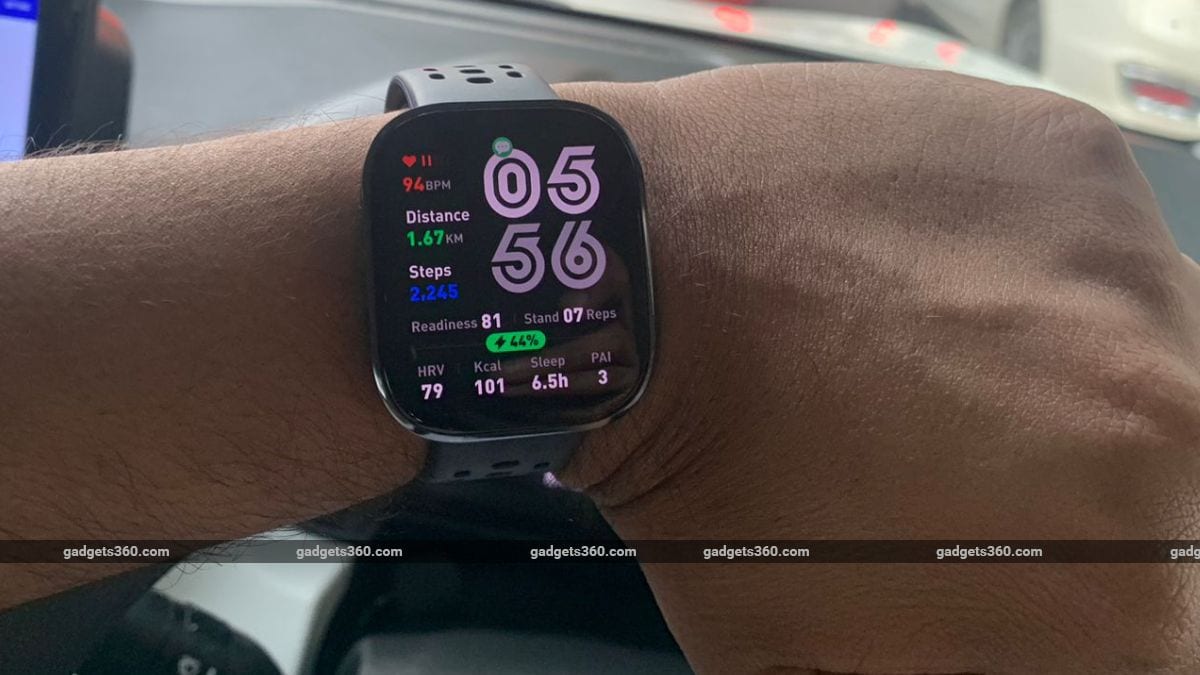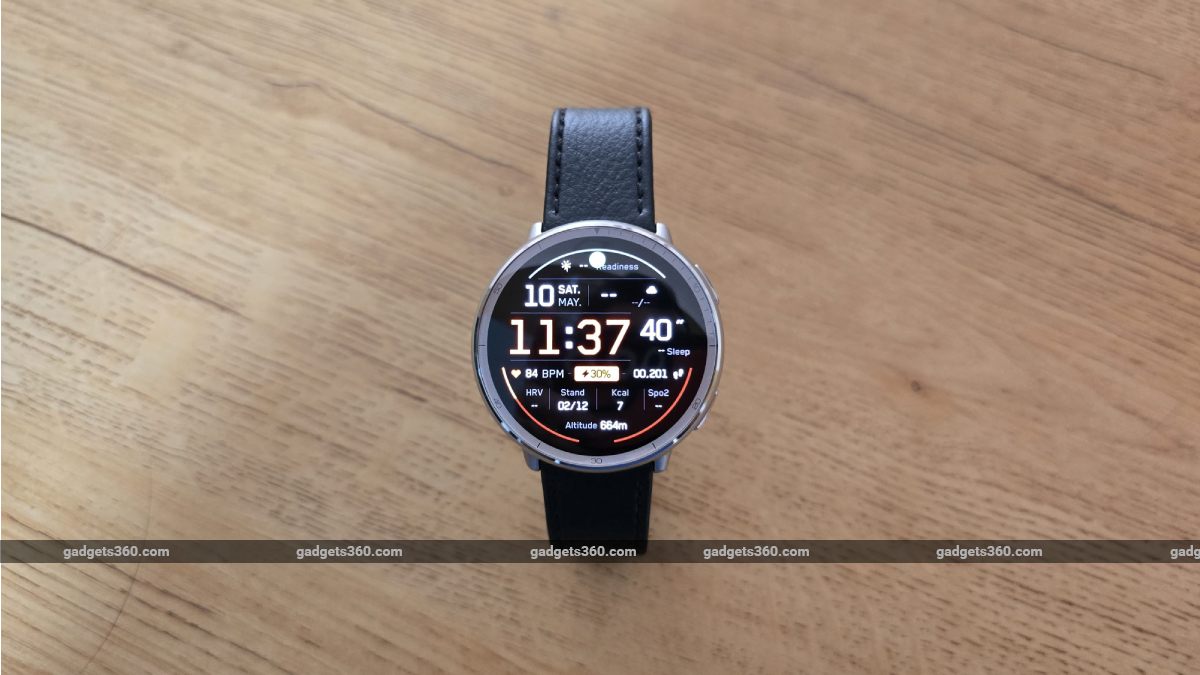Samsung Galaxy M40 Review in Hindi, Samsung Galaxy M40 Review

Samsung This is the most expensive phone in the Galaxy M-series so far. Apart from Samsung’s flagship S10 series model, you will also get a hole-punch display in the Galaxy M40 launched in the price segment of less than Rs 20,000. This is the first time that Samsung has not included an earpiece in any of its smartphones; this handset produces audio vibration when receiving a voice call. Other specifications of the phone are also strong. Is Galaxy M40 smartphone the best smartphone in the price segment under Rs 20,000? Let us know.
Design of Samsung Galaxy M40
The design of the Galaxy M40 is no different compared to other M-series smartphones. It has a glossy plastic frame and rear panel. Fingerprints fall easily but the surprising thing is that it does not slip even when using the phone with one hand.
With everyday use, the rear panel made of plastic had developed small scratch marks. Keep the Galaxy M40 in a case to protect it from marks etc. Please note that a case is not available with the retail box.
The Galaxy M40 has a 6.3-inch full-HD+ Infinity O (1080×2340 pixels) display. To protect against scratches, it has the protection of Corning Gorilla Glass. However, it is a PLS TFT LCD panel instead of the Super AMOLED panel used on the Galaxy M30 (Review). The display is bright, colors look vibrant and viewing angles are also good.
The bezels around the display and the border at the bottom of the phone are thin. Hybrid SIM tray is provided on the left side of the phone, in which the user can insert two nano-SIMs or a single SIM and a microSD card (up to 512 GB). You can’t use all three cards at the same time like you can on the Galaxy M30. There was some difficulty while inserting the Nano-SIM in the first slot because the slot seems a bit small. But we did not face any problem with the second slot.
Apart from the earpiece, Galaxy M40 also does not have a 3.5 mm headphone jack. The company has provided a Type-C headset in the retail box, and we also got a Type-C to 3.5mm adapter, with the help of which you can use existing headphones. A triple camera module with LED flash is provided on the left side of the back of the phone.
The LED flash has been placed right below the camera module. For security, a fingerprint sensor is provided on the back panel of the phone. The sensor is placed a little higher than we would like, it detects the finger correctly. Face unlock feature is also provided in Galaxy M40 but it is not fast, it takes a few seconds in low-light.
Overall, Galaxy M40 is a comfortable phone. We especially liked its slim and compact body, which weighs just 168 grams. We received the Midnight Blue variant of the Galaxy M50 for review, which got dirty quickly. We cannot say how the Seawater Blue variant of Galaxy M40 will look after using it. In the retail box, you will get a SIM eject tool, 15 watt adapter, Type-C cable and Type-C headset.
Specification and software of Samsung Galaxy M40
The core specifications of the Galaxy M40 are similar to the Galaxy A70 (Review). In Galaxy M40, you will get Qualcomm Snapdragon 675 processor which we first saw in Redmi Note 7 Pro (Review). Currently, only one variant of Galaxy M40 is made available in India which has 6 GB RAM and 128 GB storage.
Talking about other specifications, the phone includes 4G VoLTE, dual-band Wi-Fi 802.11ac, NFC, FM radio, Bluetooth version 5, and USB Type-C port. Talking about sensors, ambient light sensor, hall sensor, gyroscope and accelerometer sensor are part of this phone. The Galaxy M40 also has a “virtual light sensor” to adjust screen brightness.
Talking about software, Galaxy M40 runs on OneUI 1.1 based on Android 9.0 Pie. Samsung Galaxy M40 has recently received an update, with the update the phone has received the May 2019 Android security patch. The features given in the phone are the same as we have seen in other Samsung smartphones recently, so there is nothing new to tell here.
If you want, you can also customize the phone’s theme, monitor your habits with the help of Google Digital Wellbeing feature, configure motion and gesture shortcuts, enable Dolby Atmos for wired and wireless headphones, etc. Some features were missing such as an always-on display as the Galaxy M40 does not have an AMOLED panel.
OneUI will keep sending you unwanted notifications but if you pay attention while setting up the phone and uncheck the relevant options, you can have a spam-free experience. Surprisingly, despite being NFC, this phone does not support Samsung Pay or Samsung Pay Mini.
Samsung Galaxy M40 performance, camera and battery life
Regular app and UI performance is great. We used the Galaxy M40 every day for several days and we didn’t have any major complaints with the phone. Apps open quickly, the interface is smooth and the phone doesn’t get too hot when running simple chat and social apps.
Games also ran smoothly but it gets a bit hot while playing heavy games like PUBG: Mobile on the Galaxy M40 smartphone. Even after playing for 10 minutes, the back of the phone became quite hot. While playing PUBG, the sound coming from the speaker at the bottom of the phone was quite low but in other apps like YouTube, the sound was quite loud.
Music playback can be controlled with the help of the in-line remote provided in the phone. Dolby Atmos works to increase the volume and improve the soundstage. Due to thin borders around the display, it looks good while watching videos or content. Most apps automatically mask the hole-punch area but if the cutout doesn’t bother you then you can force them to use the full screen space.
Samsung’s Screen Sound technology works quite well for voice calls. The first time you receive an incoming call you’ll see a visual overlay showing where to place your ear. The Galaxy M40 smartphone is Widevine L1 certified which means you can stream high-resolution movies on platforms like Amazon Prime Video and Netflix.
Galaxy M40 has a triple rear camera setup. The primary sensor is 32 megapixels. It comes with AI Scene Optimizer and F/1.7 lens. There is a 5 megapixel secondary camera on the back. This is also a depth sensor. The third camera is 8 megapixels, it comes with ultra wide angle lens. The phone does not have optical stabilization, autofocus also does not work fast. However, the phone is capable of 4K video recording and slow-motion videos.
The main sensor saves images at 12 megapixels by default and you can manually change the resolution to 32 megapixels if you want. Due to low resolution the picture is slightly better, so it is best to stick with this option. In good lighting the main camera captures details well and colors are also visible well.
Photos look good on the phone’s display, but finer textures and sharpness are not as good when the photo is zoomed. There is usually a bit of grain visible at the edges of the frame and highlights also appear overexposed. The wide-angle camera is fun to use as it lets you capture interesting scenes, but detail can be lacking and there’s no autofocus.
Macro shots also came out better in daylight. The level of background blur was also good. Samsung’s Scene Optimizer is also provided in the camera app. Sharpness in pictures was also good. The phone also has a Live Focus or Portrait mode, which works well for subjects and pets. Experienced improper edge detection for background blur when shooting indoors, outdoors, and in bright light.
In low light, the autofocus of the Galaxy M40 smartphone becomes a bit slow and there is also a lack of detail. Landscapes also did not yield particularly good pictures; dark areas came out a bit grainy. The quality of photos taken with the 16-megapixel selfie camera was also average. Portrait mode is also provided which works well.
Video quality is good at 4K and 1080p resolution, but the phone lacks stabilization. Super slow-motion video was also nice but you can only do it in short bursts. Battery life is one of the strengths of the Galaxy M40. The 3,500 mAh battery lasted 15 hours and 30 minutes in our HD video loop test, and with regular use, the battery lasted almost a full day on a single charge.
Even with heavy usage like using camera and benchmarks, the phone lasted for around 20 hours. A 15-watt fast charger is available with Galaxy M4 and the phone supports Qualcomm quick charge technology. The phone was charged from 0 to 47 percent in 30 minutes and up to 86 percent in an hour.
our decision
Samsung Galaxy M40 has many features which makes it an attractive option. Screen Sound technology has been used for voice calls in Galaxy M40, and it also comes with a hole-punch display. Apart from this, the RAM and storage of the phone is also quite good, not only this, the phone also has a powerful processor.
The LCD screen provides good brightness and colors. The photos taken with the Galaxy M40 are average and the autofocus speed could have been a little better. Hybrid dual-SIM slot is also a topic to think about and especially if Galaxy A70 ,review, Galaxy A50 ,review), And Galaxy M30 ,review) has a separate microSD card slot.
The face unlock feature also doesn’t work fast. On paper, the Galaxy M40 smartphone looks better than the Galaxy A50. However, there may be some reasons to choose Galaxy A50 over Galaxy M40. Of course, you will get a slightly weaker processor and less storage in it, but you can get a bigger battery, AMOLED display and headphone jack.
Samsung Galaxy M40 processor is good for gaming but if this is your priority then Redmi Note 7 Pro ,review)’s 6 GB RAM can also prove to be a great option and it is also available at a low price. Us Poco F1 Not to be forgotten is the Snapdragon 845 processor which is available for Rs 17,999.

